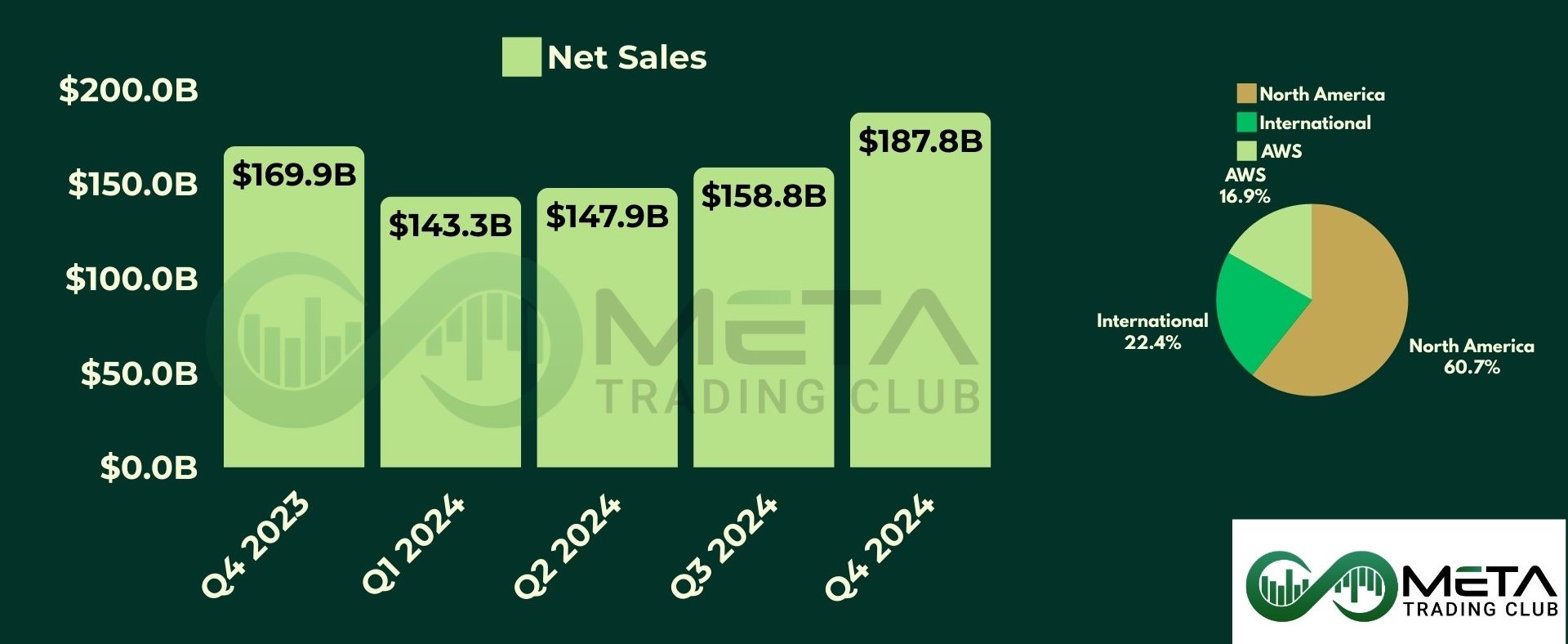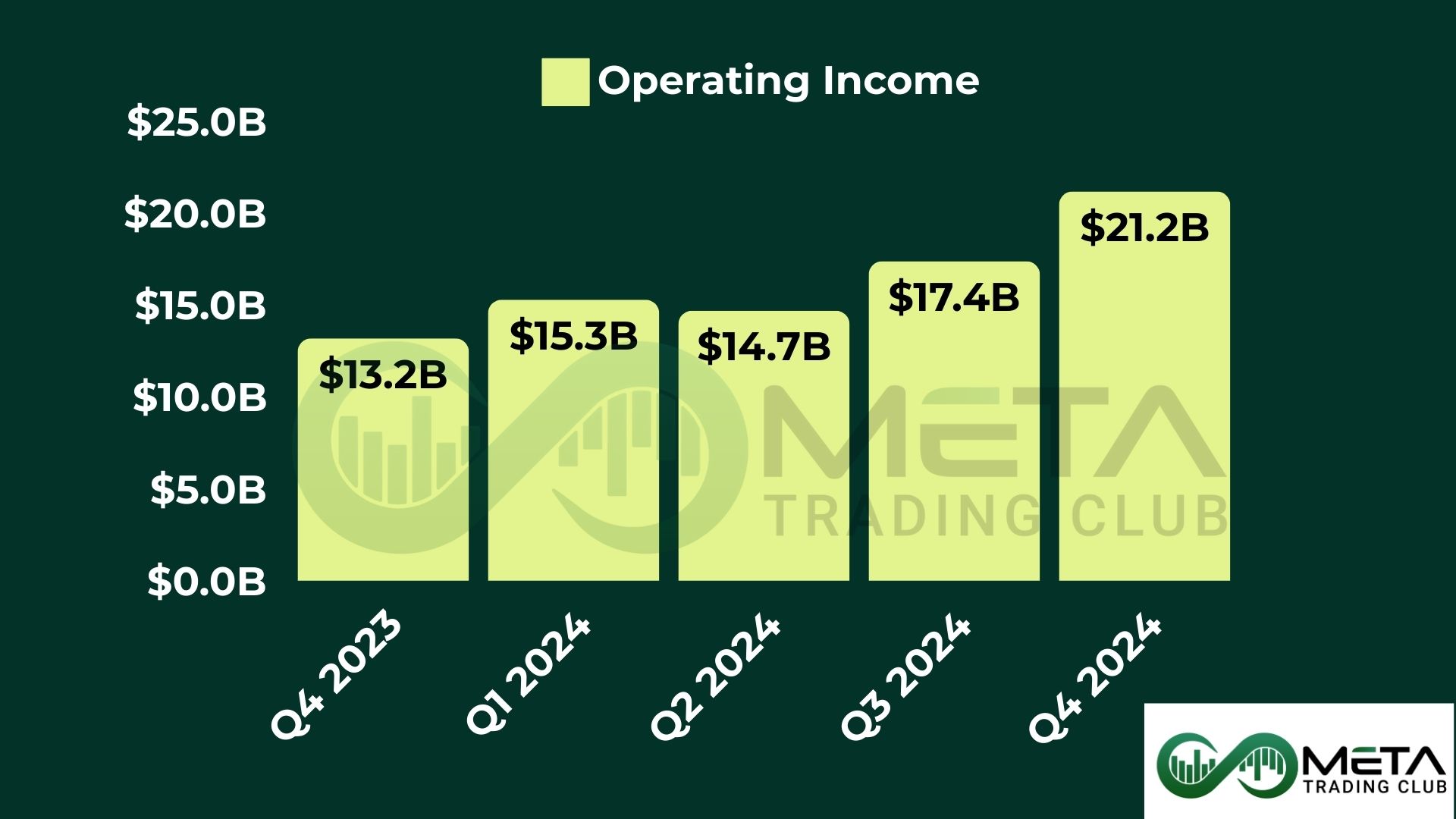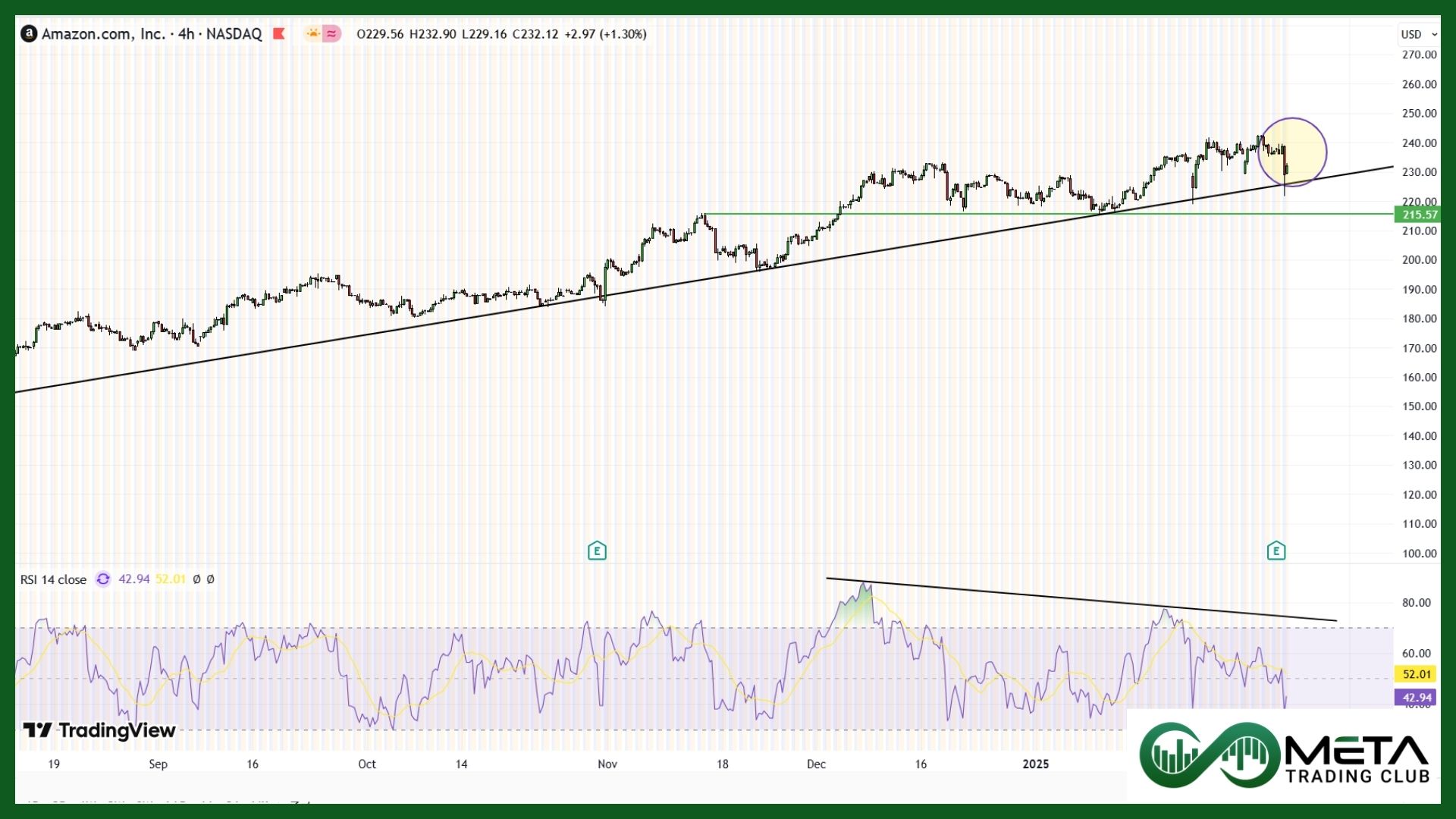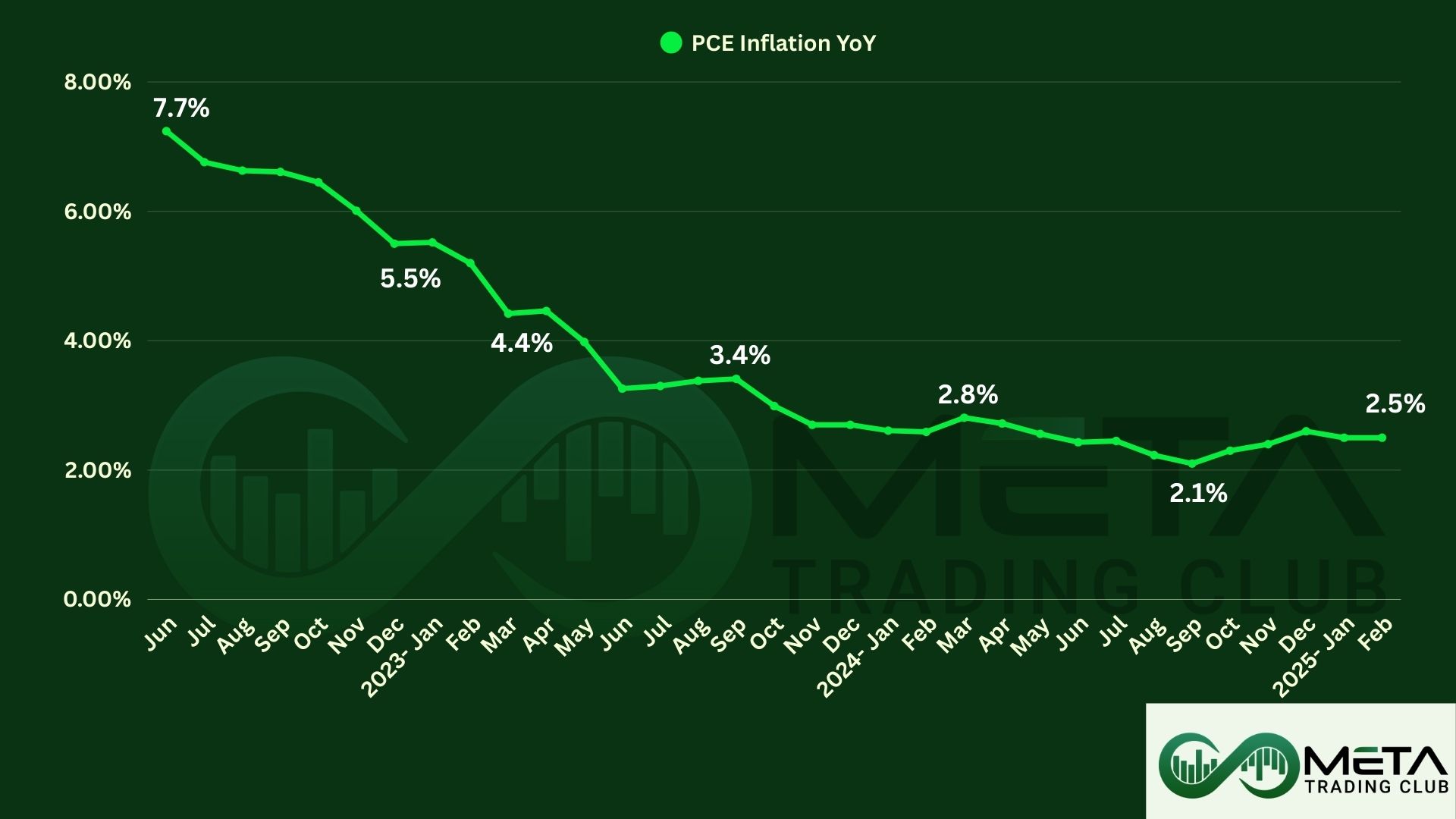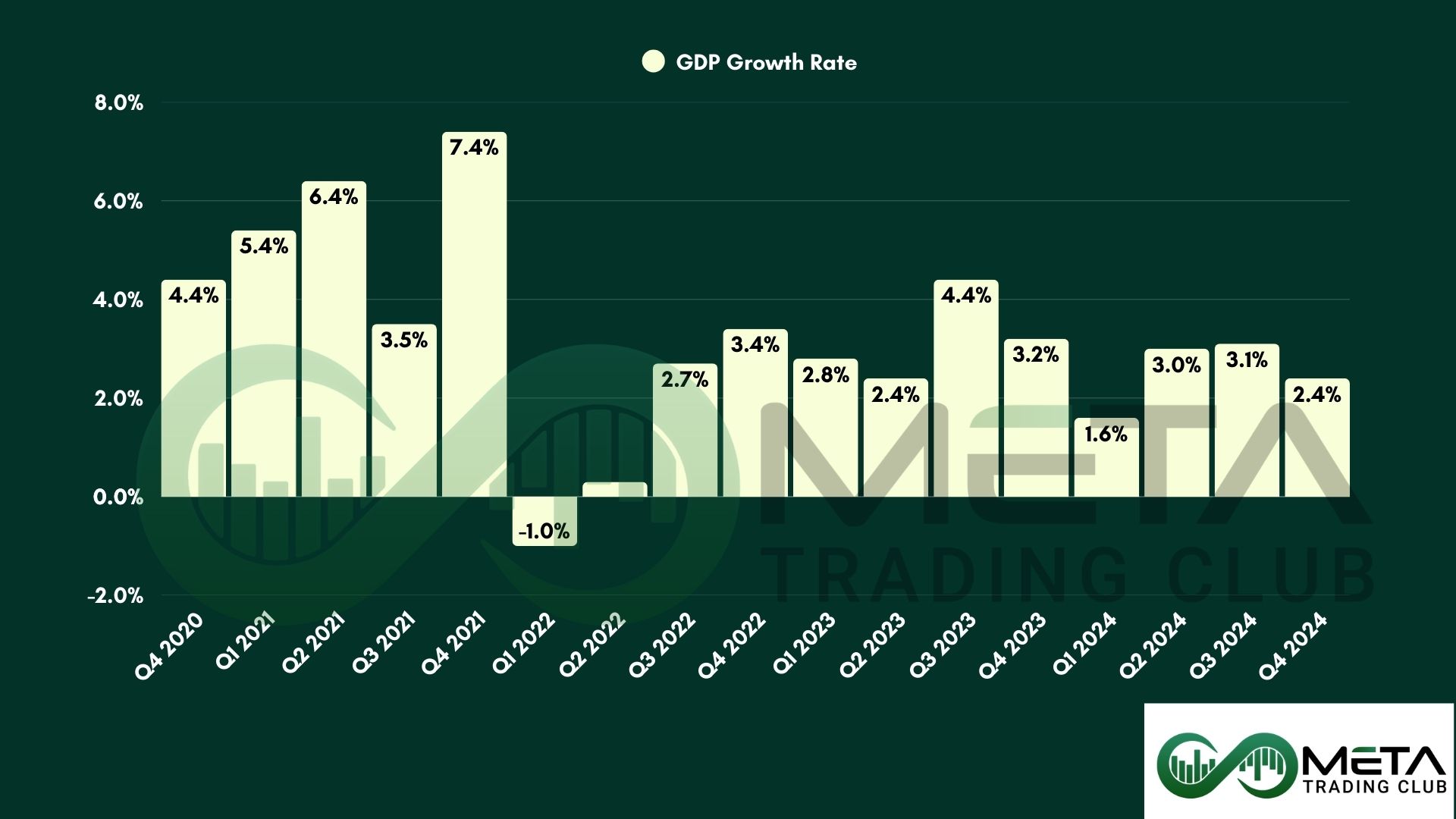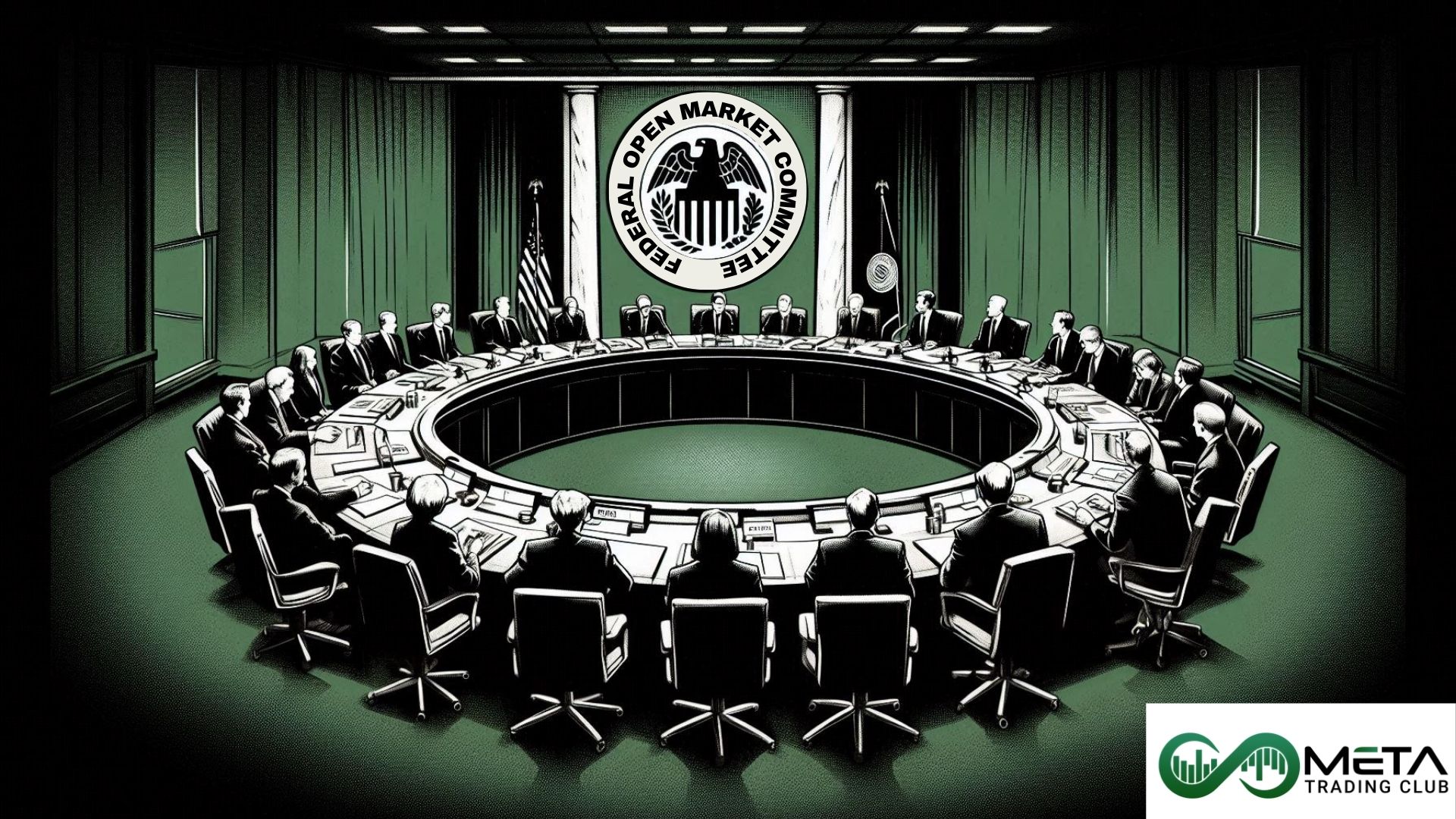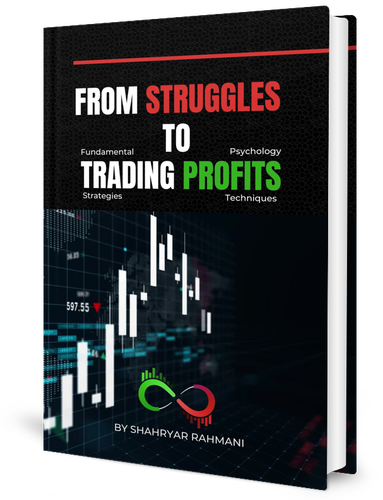Amazon.com is a multinational technology company based in Seattle, Washington, founded by Jeff Bezos in 1994. Initially an online bookstore, Amazon has grown into one of the world’s largest and most influential companies, offering a wide range of products and services. Its diverse business segments include e-commerce, cloud computing through Amazon Web Services (AWS), digital streaming, and artificial intelligence. Amazon is known for its customer-centric approach, innovative technologies, and efficient logistics network, making it a dominant player in the global retail market.
Amazon’s expansion has also led to ventures into various other industries, including hardware with devices like the Kindle e-reader, Echo smart speakers, and Fire tablets. The company’s streaming service, Amazon Prime Video, competes with other major streaming platforms, while AWS is a leader in cloud computing services, providing businesses with scalable and reliable infrastructure. Despite its success, Amazon has faced criticism over labor practices, environmental impact, and market dominance. Nevertheless, it continues to be a driving force in shaping the future of commerce and technology.
Amazon Fiscal Q4 2024
Amazon (AMZN) reported a 10% increase in net sales to $187.8 billion for Q4 2024, surpassing estimates.
Also, earnings per diluted share rose to $1.86, an 88% increase from the previous year. Meanwhile, net income also saw a significant rise, reaching $20 billion, up from $10.6 billion.
However, Amazon Web Services (AWS) contributed to this growth with a 19% increase in net sales, reaching $28.79 billion, although this was slightly below expectations.
Highlights
- Fastest Deliveries: Prime members got their items faster than ever in 2024, with a big increase in same-day and overnight deliveries.
- Record Sales Events: Black Friday and Cyber Monday were the biggest ever for independent sellers on Amazon.
- Hit Movie Debut: “Red One” had 50 million viewers in its first four days, making it the most-watched film debut on Prime Video.
- Strong Kindle Sales: Kindle device sales had their best Q4 in over a decade, with a 30% increase in sales.
- New AWS Features: Introduced new capabilities like Amazon Nova, Trainium2 chips, Project Rainier, and more enhancements in AWS services.
- Awards and Recognition: Ranked No. 3 on Fortune’s World’s Most Admired Companies list and was named the world’s largest corporate purchaser of renewable energy for the fifth year in a row.
Q1 2025 Guidance
Net Sales: Expected between $151.0 billion and $155.5 billion, growing 5% to 9% compared to Q1 2024. This includes an unfavorable impact of $2.1 billion from foreign exchange rates and a $1.5 billion boost from Leap Year in Q1 2024.
Operating Income: Expected between $14 billion and $18 billion, compared to $15.3 billion in Q1 2024.
Boards Statements
Andy Jassy, President and CEO of Amazon, stated that the holiday shopping season was the most successful yet for the company.
He highlighted remarkable innovations across Amazon’s businesses, especially within AWS. Notable advancements included the Trainium2 AI chip and Amazon Nova foundation models. New models and features in Amazon Bedrock offer flexibility and cost savings. Transformations in Amazon Q aid in platform migration. The next edition of Amazon SageMaker integrates data, analytics, and AI. These innovations will benefit customers and the business in the future. Amazon is excited to see the outcomes of these advancements.
CFO Brian Olsavsky discussed the company’s financial results and future outlook. They provided cautious guidance for Q1 2025, projecting revenue between $151 billion and $155.5 billion. They cited factors like unfavorable foreign exchange rates and economic uncertainties as reasons for the conservative forecast.
Impact on the Stock Market
Even though Amazon had strong Q4 2024 earnings, their stock dropped by 2% in pre-market trading because the company gave a cautious forecast for the next quarter.
They expect revenue to be between $151 billion and $155.5 billion in Q1 2025, which is lower than what analysts had expected ($158.56 billion). This cautious outlook made investors nervous, causing the stock to fall.


